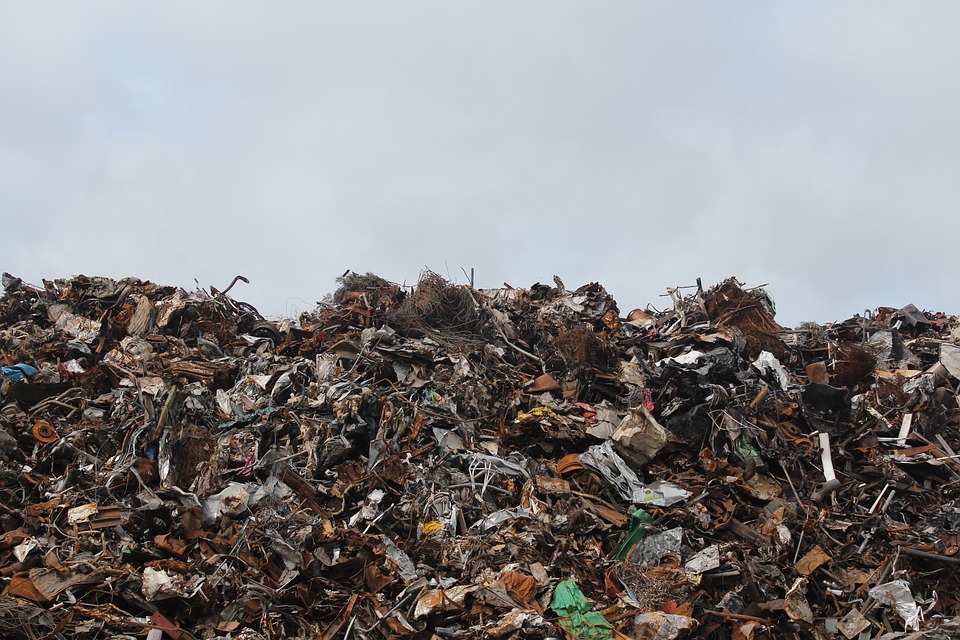
Duck farming is a profitable business that requires special care and attention from farmers to avoid disease outbreaks that can lead to significant losses. Effective management of duck diseases involves various strategies that can help farmers prevent or control the spread of diseases in their flocks. In this essay, we will discuss the key measures that farmers can take to manage duck diseases and prevent outbreaks in their flocks.
Biosecurity Measures
Biosecurity measures are crucial for preventing the introduction and spread of diseases in duck flocks. Farmers can implement various biosecurity measures, such as limiting access to their farms, controlling visitors, and keeping their farms clean and disinfected. Farmers should also ensure that their ducks are fed clean and uncontaminated feeds and water. Additionally, they should avoid purchasing ducks from sources with unknown disease status or from flocks with high disease rates.
Vaccination
Vaccination is a critical strategy for managing duck diseases. Farmers should vaccinate their ducks against common diseases, such as avian influenza, duck plague, and botulism. Vaccination can help prevent the spread of diseases within the flock and reduce the severity of the disease if it does occur. Farmers should work with their veterinarians to determine the appropriate vaccination schedule for their flocks.
Proper Housing and Sanitation
Proper housing and sanitation practices are essential for maintaining the health of duck flocks. Farmers should provide adequate housing that allows for proper ventilation, lighting, and temperature control. They should also ensure that their duck houses are clean and free of moisture, as damp conditions can contribute to the growth of bacteria and fungi.
Sanitation practices are also crucial for preventing disease outbreaks. Farmers should regularly clean and disinfect their duck houses, waterers, and feeders. Additionally, they should remove manure and other waste materials from their farms promptly. Farmers should also avoid overcrowding their flocks, as overcrowding can lead to increased stress and disease transmission.
Monitoring and Surveillance
Monitoring and surveillance are critical for early detection and prevention of disease outbreaks in duck flocks. Farmers should regularly observe their ducks for signs of illness, such as lethargy, decreased appetite, or respiratory distress. They should also monitor their ducks’ egg production and overall health status.
Additionally, farmers should work with their veterinarians to establish a surveillance program for their flocks. The surveillance program should include regular testing for common duck diseases and monitoring of disease trends. Early detection of disease outbreaks can help farmers quickly implement control measures to prevent further spread of the disease.
Quarantine
Quarantine is a crucial strategy for preventing the spread of disease within and between duck flocks. Farmers should isolate sick ducks from healthy ones and separate new ducks from the flock until they have been tested and cleared of diseases. Additionally, farmers should avoid introducing ducks from other flocks into their own without proper testing and quarantine.
Good Record Keeping
Good record-keeping practices are essential for effective disease management in duck farming. Farmers should keep accurate records of their flock’s vaccination history, disease history, and mortality rates. Good record-keeping practices can help farmers identify disease trends and make informed decisions about disease prevention and management strategies.
Training and Education
Training and education are critical for promoting good disease management practices among duck farmers. Farmers should receive training on biosecurity measures, vaccination strategies, and disease prevention and control practices. Additionally, they should have access to up-to-date information on disease outbreaks and control measures.
Conclusion
Effective management of duck diseases requires a multi-faceted approach that involves implementing biosecurity measures, vaccination, proper housing and sanitation, monitoring and surveillance, quarantine, good record-keeping practices, and training and education. Farmers should work closely with their veterinarians and other experts to develop and implement disease management plans that are tailored to their specific needs and circumstances. By taking these measures, farmers can reduce the risk of disease outbreaks in their flocks, minimize losses, and maintain the health of their ducks.
In addition to the strategies discussed above, farmers should also be aware of the common diseases that affect ducks and their symptoms. Some of the common duck diseases include:
Avian Influenza: Avian influenza is a viral disease that affects ducks and other birds. The symptoms include respiratory distress, decreased egg production, and sudden death.
Duck Plague: Duck plague is a viral disease that affects ducks and other waterfowl. The symptoms include lethargy, decreased appetite, and sudden death.
Botulism: Botulism is a bacterial disease that affects ducks and other birds. The symptoms include paralysis and difficulty breathing.
Salmonellosis: Salmonellosis is a bacterial disease that affects ducks and other animals. The symptoms include diarrhea, lethargy, and decreased appetite.
By being aware of the common diseases and their symptoms, farmers can quickly detect and respond to any potential outbreaks.
In conclusion, effective management of duck diseases is crucial for maintaining the health of duck flocks and preventing disease outbreaks. Farmers should implement biosecurity measures, vaccination, proper housing and sanitation, monitoring and surveillance, quarantine, good record-keeping practices, and training and education. By doing so, farmers can minimize the risk of disease outbreaks in their flocks, ensure the health of their ducks, and maintain the profitability of their businesses.







